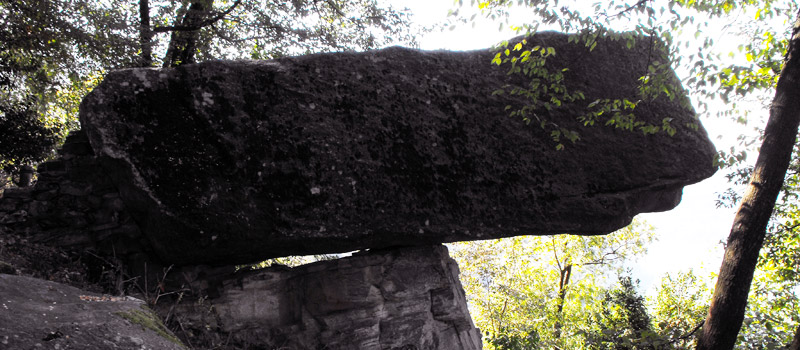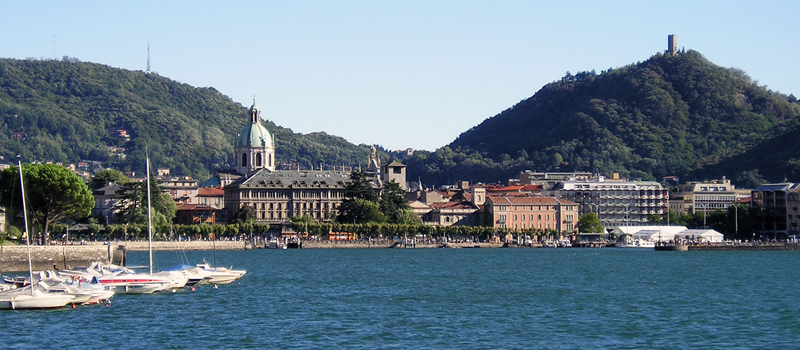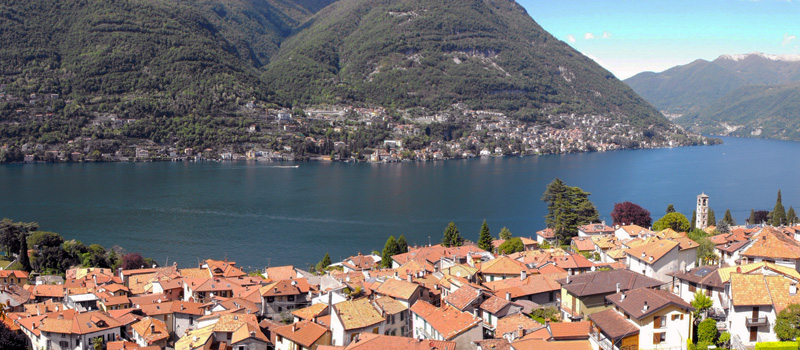
To reach the Pietra Nairola (Nairola Stone) from the town of Blevio, you must go to Mezzovico and take the unpaved path that leads to the Chapel of the Madonna. The huge boulder is found circa 600 meters beyond the Chapel, along the mule track that leads from Pissarottino di Brunate to Montepiatto. The granite boulder is suspended on the path, resting horizontally on the mountains ledge, and is shaped like a flat table. The position and size of the Pietra Nairola are truly impressive, measuring 7.5 meters long, 4 meters wide and 4.5 meters high.
The origins of these boulders, also termed "trovanti" date back to the glaciations of the Quaternary, circa 2.5 million years ago. The glaciers of the alpine valleys, in their movements, broke up and transported huge debris, then after the glaciers melted, the boulders settled on the ground. In the Lake Como area, it is pretty common to come across these particular rocks. Geologist Antonio Stoppani (1824 - 1891) was the first to study them and understand where their origins provenance. Stoppani observed the differences between these boulders, generally granite or serpentine marble, with those autochthons of calcareous origins.
Various legends have been passed down as to the Pietra Nairola, the most ancient one tells of another boulder, later demolished, located nearby. Devils played and threw fireballs at each other atop the two boulders, the circular hole in that lost boulder corroborated this traditional tale. Another legend, of Christian origin, told of the Madonna’s intervention in stopping the huge boulder with the help of her veil, on the rocky ledge. In 1984, Pietra Nairola was declared a National Monument by the Lombardy Region, under the tutelage of the Larian Triangle Consortium of Mountain Municipalities. As always, we recommend being very cautious and respecting nature when visiting these places.

Como is the city which gives the name to the entire lake, arriving by train to the Como Lago station, you can easily admire all of the marvels of the city going by foot. We recommend a visit to Brunate and Volta Temple.
Como
Dried Shad (Agone), called Missoltini or Missultin, were at one time a precious food for inhabitants of Lake Como, the particular processing allowed them to be conserved for more than a year, excellent traditional Lake Como cuisine.
Lario Cuisine
Torno is situated upon a headland, from where it looks down over the south-western end of lake Como. Traces of pre-Roman settlements have been found in the area, as evidenced by the discovery of Massi Avelli to Piazzaga.
Torno